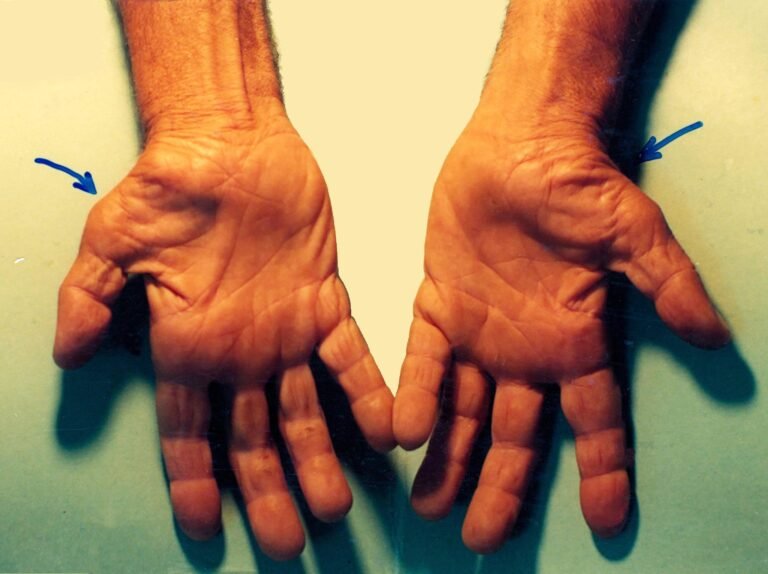The carpal tunnel is a narrow passage found on the palm side of each hand, through which runs the median nerve. This helps control movement in your forearm, wrist, and fingers. Carpal tunnel syndrome is when the bones and ligaments around it compress the nerve.
There are several reasons why this can happen, and as a result it is one of the most common hand conditions around the globe. Probably the most well-known cause of it is repetitive motions, which is why it is often found among musicians, tennis players, and people who do a lot of typing.
Fortunately, there are many things you can do at home to relieve the symptoms of carpal tunnel syndrome. This guide details some of the signs that you might have it and explains what you can do to feel better.
Signs of carpal tunnel syndrome
The following symptoms of CTS rarely appear suddenly, nor will they necessarily affect both hands at the same time.
1. TIngling
A tingling sensation in the fingers – typically all of the fingers except for the little one – is the classic symptom of CTS. This can be uncomfortable and over time it can become so strong that some people have described it as feeling like an electric shock. It often happens when people are using their hands to hold something.
This is generally the worst symptom for people. If it persists for weeks or months and at-home solutions aren’t working, then carpal syndrome treatment will be necessary. There are a range of treatments available, from a simple splint to surgery and regenerative injection therapy.
2. Numbness
Instead of tingling, or at a later stage, some people’s fingers and hands feel numb.
3. Weakness
Either of the above symptoms can be accompanied by a feeling of weakness, particularly in the wrists. This can cause people to drop objects.
Methods to relieve CTS
Fortunately, there are a number of known remedies for mild cases of CTS. Most require no equipment. These include:
Taking breaks
If you’re doing a repetitive activity that involves your hands, like typing or playing guitar, set a timer and take a break every 15 minutes or so. Use the time to shake out and stretch you hands, fingers, and wrist.
Loosening up
Be aware of your grip when you’re holding something. Try to use the minimum required. The same goes for activities involving your fingers, like typing on a keyboard.
Sticking them up
Elevating your hands as much as possible often helps, especially if your CTS is caused by fractures or you have problems with fluid retention.
Keep warm
Many people find that CTS is worse or more common when their hands are stiff, like they are during the winter. Using hand warmers or wearing gloves can provide some relief. Fingerless are a good option if you need to type.
Conclusion
CTS is at best unpleasant and at worst can be very disruptive to the daily lives of those who suffer from it. As it can get worse over time, early treatment is the most effective, and CTS therapies are now offered at some of the world’s most popular medical tourism destinations.

Daniel J. Morgan is the founder of Invidiata Magazine, a premier publication showcasing luxury living, arts, and culture. With a passion for excellence, Daniel has established the magazine as a beacon of sophistication and refinement, captivating discerning audiences worldwide.




